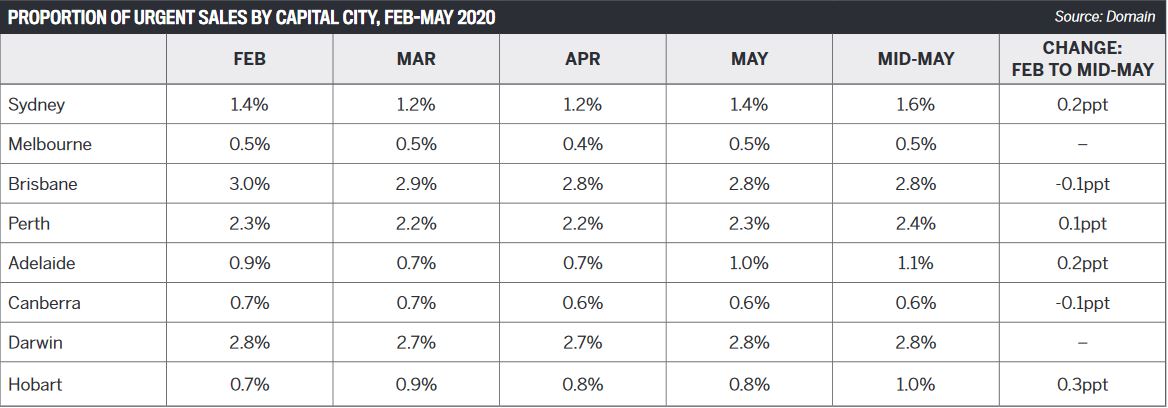A number of factors combine to determine a property’s true value. Location, aspect, quality of finishes, number of bedrooms: these are some of the more tangible aspects of real estate that influence a particular dwelling’s value.
Next, you start to factor in proximity to local amenities such as public transport, cafes, schools, local parks and beaches.
Lastly, there are the ‘external’ influences, which have nothing to do with the property whatsoever, yet everything to do with its potential value.
This is the category that the coronavirus pandemic falls squarely into. A health crisis that birthed an economic catastrophe, the pandemic has robbed Australia’s real estate market of demand and well and truly taken the wind out of its sails in terms of property price growth.
Now, as the country edges back towards the ‘new normal’ with a state-by-state easing of restrictions, how will the property market be impacted?
“Generally, the outlook for inner urban established housing values is to remain reasonably stable. Predicted value falls relate to lower-value, urban fringe established housing” Scott Keck, chairman, Charter Keck Cramer
If we take the banks’ word for it, then the immediate outlook for property owners is grim. In the middle of April, for instance, Commonwealth Bank – which holds the largest slice of the Australian mortgage pie, at a value of approximately $446bn – predicted that property prices would plunge 10% within six months as a result of COVID-19’s impact on the economy.
“Australian capital city dwelling prices, led by Sydney and Melbourne, have risen strongly over the past nine months, but we expect that stellar run to end abruptly,” Gareth Aird, CBA’s head of Australian economics, told the media at the time.

“The policy response to limit the spread of COVID-19 has created a plunge in economic activity, and unemployment will spike. This will have profound short-term consequences for the housing market.”
By mid-May, CBA had revised these figures quite dramatically. The bank flagged a number of scenarios, including a “prolonged downturn” forecast, which saw GDP growth fall by 7.1% this year and a further 0.8% in 2021.
In this scenario, unemployment would average 9% this year and 8.5% next year, before easing back to 6.5% by 2022. In this worst-case situation, the bank’s economists forecast that house prices would fall by around 32% over the next three years from their March 2020 peak.
CBA is not the only bank to prepare itself for such a negative result; Westpac, too, has modelled a potential decline in values of up to 20%, while NAB has suggested that house prices could fall by 10% to 15% in 2020/21
No comments:
Post a Comment